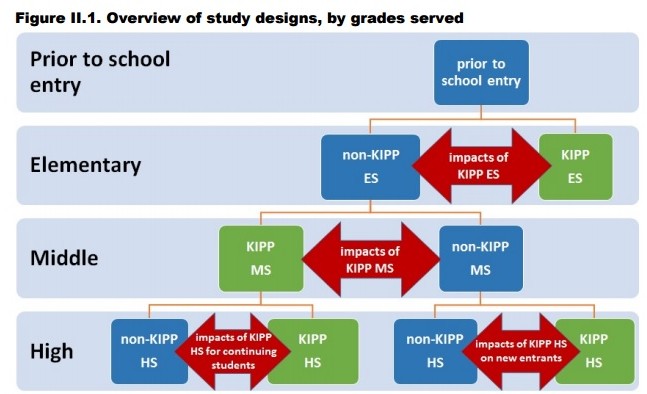I can confess to you that something has made Eddie a little sad lately. That’s just the amount of crazy charter-bashing going on these days.
Some of this craziness gets imported locally by reform opponents who twist themselves in knots to dance around their rage at the Jeffco and Thompson boards of education providing fair, equitable funding for public charter school students.
A quick reminder to all that public charter schools are not a silver bullet solution, nor are they in any way guaranteed success. But in Colorado, charters tend to slightly outperform their traditional school peers and are overrepresented among the highest performers. Unlike their counterparts, struggling charters can be closed down. Meanwhile, some charters — like KIPP — are hitting it out of the park.
Two and a half years ago I smiled at the fresh research showing KIPP middle schools provide significant learning boosts while working with challenging student populations. Just over a year ago, I highlighted some further analysis that unraveled some of the skepticism about the famous charter network’s success. Bottom line? “KIPP is obviously doing something right.”
Well, my friends, this week appears the granddaddy of them all (so far). Again from Mathematica Research, this rigorous study shows that the positive impacts are sustained even as the network continues to grow, or “scale up”. (H/T Choice Media)
The latest research explores not only the 43 middle schools, but also the 18 high schools and 8 elementary schools in the 20 targeted cities (including Denver). For those who don’t know, KIPP started as a small network of middle schools, then later added some high schools, and only recently moved into the elementary school enterprise.
The report is huge, so even little Eddie didn’t have time to get all the way through it. But I did buckle down and glean some highlights, starting with the unvarnished good academic news from the younger grades moving up:
- “KIPP elementary schools have positive, statistically significant, and educationally meaningful impacts on three of four measures of students’ reading and mathematics skills.”
- “Consistent with prior research, KIPP middle schools have positive, statistically significant, and educationally meaningful impacts in math, reading, science, and social studies.” (In the cases of the latter two subjects, the gain is worth 10 percentile points.)
- “For new entrants to the network, KIPP high schools have positive, statistically significant, and educationally meaningful impacts on achievement in math, ELA, and science.”
The students who move up from a KIPP middle school to a KIPP high school don’t show any definitive gains. But interestingly, that may be because researchers weren’t able to separate out students who had “the opportunity to attend” the charter network high school without actually attending. So that one might actually be positive, but we just can’t know for sure.
Because you and I agree that standardized test scores tell us important things, but certainly aren’t everything, I’ll point out that the Mathematica study also found: A) in the early and middle grades, KIPP parents are more satisfied; and B) in high school, KIPP students indicate greater preparation for college. For the win!
For the policy wonks who are trying to discern some of the big lessons, there are three less definitive but potentially interesting insights I came across in the Mathematica report.
First, as the KIPP network grew larger and larger, the real measurable learning gains grew somewhat smaller, before rebounding a bit in 2013 and 2014. This finding suggests that even the most effective school operations, while still benefiting students overall, face a challenge sustaining high levels of success.
Second, time also appears to be a factor in the quality of KIPP high schools. By and large, these schools did not do well at all in their first year of operation — which could be explained by a host of factors. But starting in year 2 and beyond, the results for students quickly turn around. So be patient and hang in there!
Third, the subjective measures of “educational goals and aspirations” tell us something about perception and reality. While the KIPP students were no more likely than their peers to expect to graduate from college, it appears to be less a sign of hopelessness than the fact that nearly everyone had high (and in some cases unreasonable) expectations.
I’m not sure what to make of that last one, and I’ve already gone on long enough. But to all the crazy charter-bashers out there, the bottom line is clear and strong about the ongoing success of KIPP!









